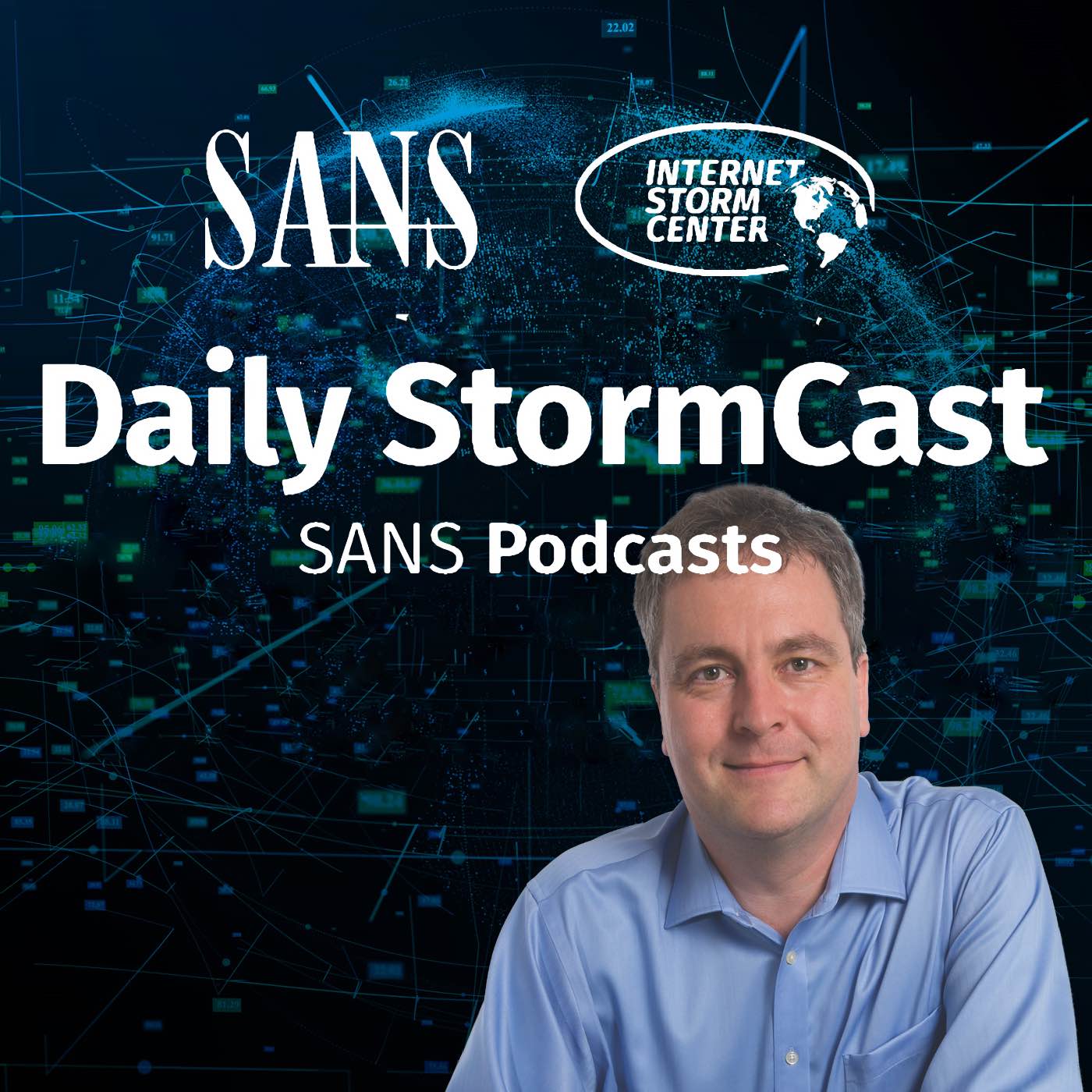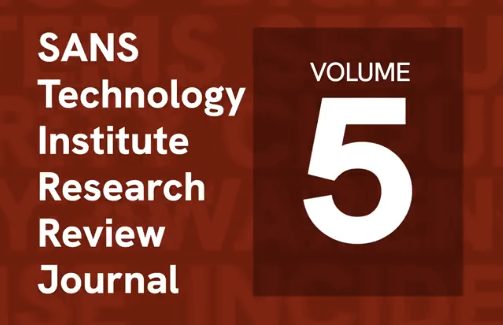Handler on Duty: Didier Stevens
Threat Level: green
Podcast Detail
SANS Stormcast Tuesday, August 19th, 2025: MFA Bombing; Cisco Firewall Management Vuln; F5 Access for Android Vuln;
If you are not able to play the podcast using the player below: Use this direct link to the audio file: https://traffic.libsyn.com/securitypodcast/9576.mp3
My Next Class
| Application Security: Securing Web Apps, APIs, and Microservices | Orlando | Mar 29th - Apr 3rd 2026 |
| Network Monitoring and Threat Detection In-Depth | Amsterdam | Apr 20th - Apr 25th 2026 |
Keeping an Eye on MFA Bombing Attacks
Attackers will attempt to use authentication fatigue by “bombing” users with MFA authentication requests. Rob is talking in this diary about how to investigate these attacks in a Microsoft ecosystem.
https://isc.sans.edu/diary/Keeping+an+Eye+on+MFABombing+Attacks/32208
Critical Cisco Secure Firewall Management Center Software RADIUS Remote Code Execution Vulnerability
An OS command injection vulnerability may be abused to gain access to the Cisco Secure Firewall Management Center software.
https://sec.cloudapps.cisco.com/security/center/content/CiscoSecurityAdvisory/cisco-sa-fmc-radius-rce-TNBKf79
F5 Access for Android vulnerability
An attacker with a network position that allows them to intercept network traffic may be able to read and/or modify data in transit. The attacker would need to intercept vulnerable clients specifically, since other clients would detect the man-in-the-middle (MITM) attack.
https://my.f5.com/manage/s/article/K000152049
Discussion
New Discussions closed for all Podcasts older than two(2) weeks
Please send your comments to our Contact Form
| Application Security: Securing Web Apps, APIs, and Microservices | Orlando | Mar 29th - Apr 3rd 2026 |
| Network Monitoring and Threat Detection In-Depth | Amsterdam | Apr 20th - Apr 25th 2026 |
| Application Security: Securing Web Apps, APIs, and Microservices | San Diego | May 11th - May 16th 2026 |
| Network Monitoring and Threat Detection In-Depth | Online | Arabian Standard Time | Jun 20th - Jun 25th 2026 |
| Network Monitoring and Threat Detection In-Depth | Riyadh | Jun 20th - Jun 25th 2026 |
| Application Security: Securing Web Apps, APIs, and Microservices | Washington | Jul 13th - Jul 18th 2026 |
| Application Security: Securing Web Apps, APIs, and Microservices | Las Vegas | Sep 21st - Sep 26th 2026 |
Podcast Transcript
Hello and welcome to the Tuesday, August 19, 2025 edition of the SANS Internet Storm Center's Stormcast. My name is Johannes Ullrich, recording today from Jacksonville, Florida. And this episode is brought to you by the SANS.edu Graduate Certificate Program in Incident Response. In Diaries today we have Rob talk about MFA bombing or authentication fatigue. What this is all about is if an attacker has access to a username and password for your account, they're now having to overcome multi-factor authentication. Now in simple cases like your standard one-time password, they may just try to guess it, which of course should be hard to impossible if that's reasonably well done. Or recently many organizations have introduced the application-based multi-factor authentication where you do get a pop-up that allows you to approve a login. Now that has quickly turned out to be very susceptible to this kind of authentication fatigue and MFA bombing where users, if they were confronted with a large number of these pop-ups, well, would just approve it. So these days most of the better implementations like Microsoft and such usually asks you not just to approve the login, but also to echo back a two-digit code that's being displayed on the website. Either way, by trying to send you enough of these attempts, and then again with Microsoft, if you're not using the professional version, but just the home user version, it's really just three options. So they may again hope that the user will just pick an option and click OK and let the attacker in. What Rob is talking here a little bit about is of the aftermath of an attack like this. How do you actually figure out what happened in more detail? Microsoft has a web page that you can use to actually retrieve more details about your authentication history. It's mysignins.microsoft.com. It lists all of the logins in your history with the IP address based location. So that gives you a little bit more insight as to what may have happened in an attack like this. You also had a user comment about how to investigate this in Microsoft. There is actually a little reporting function that you can use in order to then export all the login attempts in a nice JSON format, which may work pretty well for sort of an occasional report enterprise-wide, figuring out if any users were targeted by an attack like this. And in vulnerabilities today, we do have a critical vulnerability in the Cisco Secure Firewall Management Center software. This particular vulnerability allows for an arbitrary code injection into Radius. So apparently there's some parameter being sent to Radius without being properly sanitized, which then leads to the OS command injection. In order to be vulnerable, you must have Radius enabled, at least for web authentication or SSH authentication or both, of course. Definitely address this with patching. I would assume that we probably will see an exploit for this relatively soon. If it hasn't already been released, the CVSS score for this particular vulnerability is a clear 10 out of 10. And F5 released a number of updates last week. And I think that this one particular vulnerability got a little bit overlooked here. And I think this serves some attention. It's a vulnerability in F5 access for Android. Basically, their VPN product and well, it does not properly validate the TLS certificate with that NetHacker is able to establish a machine in the middle attack. This kind of vulnerability, of course, has to be targeted to a vulnerable device. And F5 sort of mentions a little bit as a mitigation that well, if your device is not vulnerable, it will flag the connection as bad as it should. But still, I think this is a vulnerability that you probably should address quickly by updating these Android devices running this version of F5 access. Well, and that is it for today. Thanks, everybody, for liking, for recommending, and also for leaving good reviews for this podcast. And talk to you again tomorrow. Bye. Bye.











